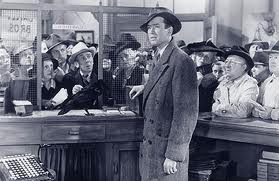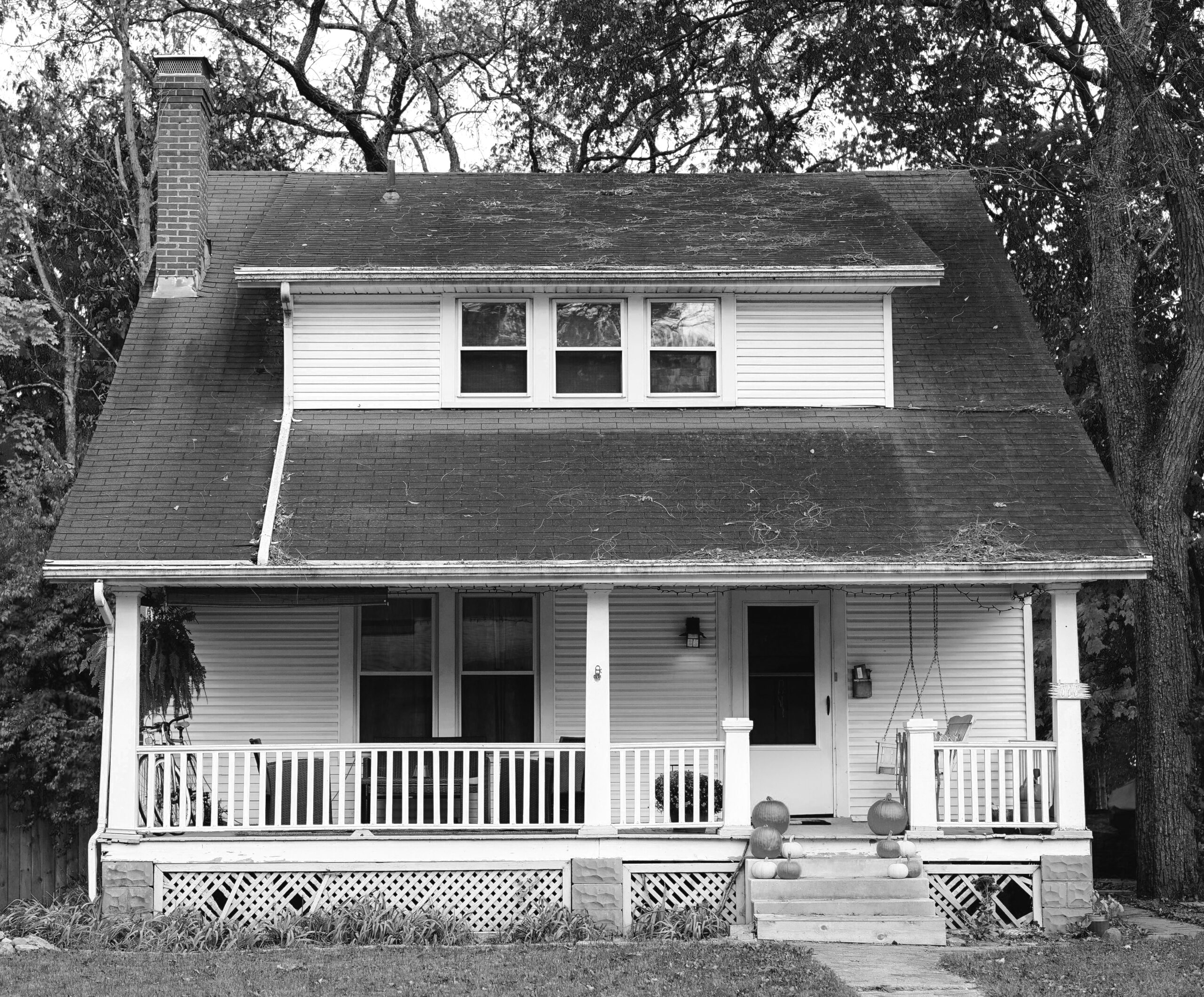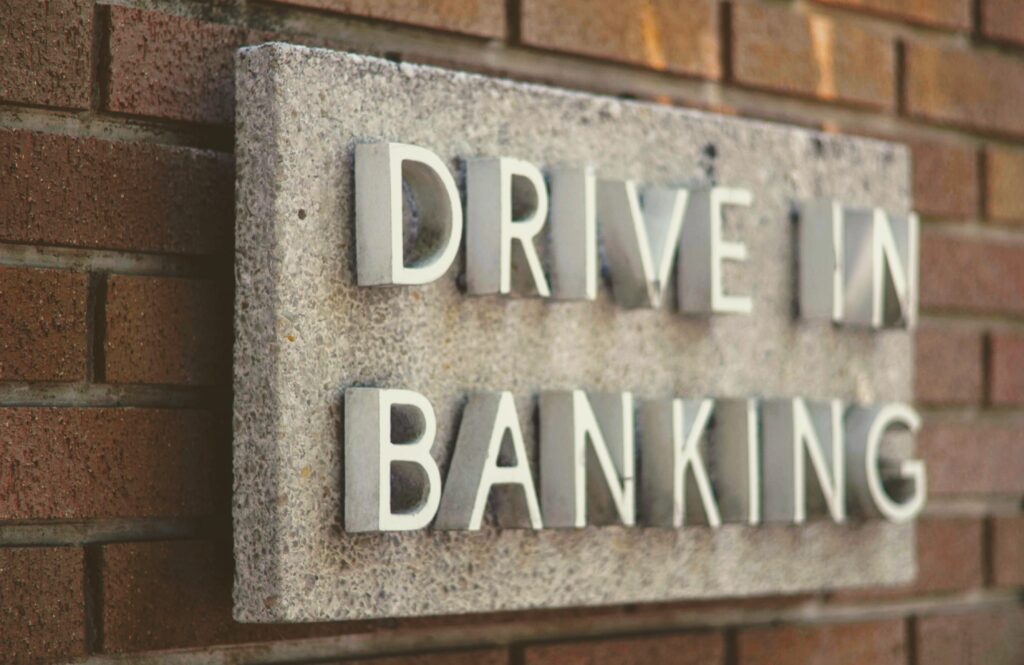…if you yourself were designing a banking system, would you design it so the money could evaporate?
The western world has been using the same banking principles for centuries, and there have been bank failures, panics, and collapses for centuries. But how often does anyone question the structure of the banking system itself?
What most people were taught about banking, if they were taught anything at all, goes something like this:
- A bank takes in deposits from customers, keeps the money safe, and maintains accounts.
- The customers use the accounts to make or receive payments without having to use cash.
- The bank lends out a portion of the money their customers deposit and keeps a fraction of it in reserve so customers can withdraw the cash if they want to.
The name for the above system is fractional reserve banking. The rationale behind it is that most people will leave the money in the bank most of the time. They can carry on transactions simply by transferring account entries from one account to another without using the actual cash money.
Traditionally in the US the fraction required for reserves was 10%. The bank could lend out 90% of the money it had on deposit. The reserves are intended to cover the occasions when people with deposits want to take the money out of the bank. What’s called a bank run is when the amount of cash depositors are trying to withdraw is greater than the amount the bank has available.
The Rest of the Story
The description above doesn’t quite cover the whole picture, as most descriptions of the banking system don’t.
The classic 1946 movie, It’s a Wonderful Life, depicted part of the story of our banking system. When there’s a run on the savings and loan, George Bailey (played by Jimmy Stewart) tells his customers “You’re thinking of this place all wrong, as if I had the money back in a safe. The money’s not here. Your money’s in Joe’s house—that’s right next to yours—and in the Kennedy house and Mrs. Menklin’s house and a hundred others.” This is how it’s ordinarily justified—you’re not using the money right now, so someone else can use it and everyone benefits.
However, the movie and most other depictions of the banking system, are leaving out a few important points. In the movie, it’s strongly implied that all the depositors whose money isn’t in the safe anymore should stop whining because the money has been put to good use helping Mrs. Menklin buy a house. But let’s look at the backstory that isn’t included in the movie.
The implied story is that when Mrs. Menklin came in for a loan, George Baily took $5000 out of the safe (yes really $5000—it was 1946) and put it in a canvas banker’s bag and zipped it up and gave it to her, and she signed a contract agreeing to pay it back with interest. Mrs. Menklin took the bankers bag of money and gave it to Fred Johnson, who owned the house she wanted to buy, and Fred signed over the deed and gave her the keys. So that’s why the money isn’t in the safe—it’s so Mrs Menklin can live in a nice little house instead of a crummy apartment.
But…there’s another step. Fred Johnson has a canvas banker’s bag with $5000 in it. He doesn’t want to carry it around or leave it at home where he could be robbed, so he deposits it in George Bailey’s savings and loan…
George Baily hadn’t subtracted anything from anyone’s account when he took the money out of the safe, so all that money still exists as account entries in all those depositors’ bank accounts. But now another $5000 exists in Fred Johnson’s account. And not only that, the safe has been replenished. George can now take money out of the safe again and lend it to the Kennedys or whoever else is applying for a loan.
As this process repeats, the money in the safe will eventually represent only a fraction of the money that is said to be in depositor accounts. This is what makes a run on the bank possible, and why it is impossible for the bank to satisfy all of its depositors once a run gets started.
Modern Banking
The story above is of course fictional, but it illustrates the basic principles at work in the banking system. In modern times there have been some refinements and streamlining of the overall process, but certain principles remain the same.
When you put money in a bank, the numbers recorded in your account represent the bank’s promise to pay the same amount of money back to you, but they don’t represent cash and they don’t represent an actual ability to pay. Throughout the banking system, because of the fractional reserve structure, there is a constant risk of banks being unable to pay the claims of their depositors.
Bank Runs
A bank run can happen for whatever random reason may inspire a larger than usual number of a bank’s depositors to want to take their money out of the bank at the same time. When that happens, it turns out that they can’t—not all of them at once. So from the depositors’ point of view, the money that they had in the bank turns out to have evaporated. At that point depositors get a little irritated and start making a fuss and other depositors find out and everyone starts to panic and you have the phenomenon of bank run or bank panic.
During the great depression the bank panic spread to include virtually the whole banking system. Some banks were able to withstand the pressure, but between 1929 and 1933 thousands of banks failed, wiping out earned income and savings for millions of ordinary people.1 The US Congress responded to that by voting to pass the Banking Act, which solved the banking problem by instituting some new regulations and establishing the Federal Deposit Insurance Corporation. This appears to have resulted in considerably less devastation from bank failures since that time. However—especially in light of the events surrounding the 2008 crash—was this a good solution? When you have a system that’s inherently dysfunctional, is patching rather than replacing a reasonable way to fix it?
Bank runs and bank failures are built into the structure of the fractional reserve banking system. Now, consider for a moment, if you yourself were designing a banking system, would you design it so the money could evaporate? Is this system a good idea? Is it really a system at all? Who designed it? Did anyone ever get to vote on it?
The Fractional Reserve “System”
We’ve had fractional reserve banking for centuries and for centuries it’s been just as dysfunctional as it is now. It reportedly began with goldsmiths in the 17th century. They started out taking in gold or coins for safe keeping and issuing receipts that would be presented to redeem the gold or coins. People started using the receipts for trade and leaving the gold with the goldsmith. With all that gold just sitting there idle, the goldsmiths figured out that they could make some extra money by lending some of it out.2 Apparently they did it cautiously and carefully enough that they got away with it for a long time before anyone thought to raise objections, and the practice grew into the system we now call fractional reserve banking.
No system design, no planning, no projection of long-term consequences, no voting. And here we are a few hundred years later with a system that is utterly dependent on people believing in the stability of something that isn’t stable, where what we all call money can evaporate overnight simply because belief has faltered.
Might it be time to consider whether this was a good idea in the first place and whether there might be some better alternatives? It turns out there are some other serious issues with the banking system besides evaporative money and bank failures. See How Banks Create Money, and How the Debt-Based Money System Works (and doesn’t work).
References
- 1Social Security History: The Depression US Social Security Administration
- 2How modern banking originated: The London goldsmith-bankers’ institutionalisation of trust Academic Publishing Division of Informa PLC: Taylor and Francis Group
Last updated: May 24, 2023
Image Credits: Bank Exterior photo by Etienne Martin on Unsplash, House photo by Phil Hearing on Unsplash, Drive In Banking photo by Joshua Hoehne on Unsplash




